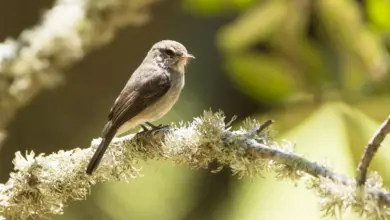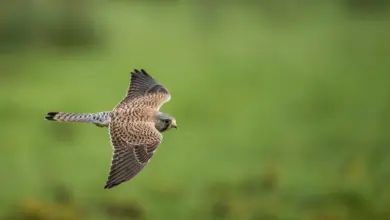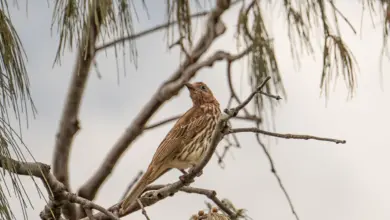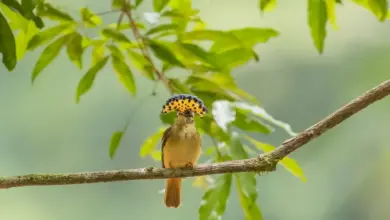Madeira Firecrest Kinglets
Madeira Firecrest Kinglets
Kinglets
Species Research and Information provided by Avian Contributor: Jeannine Miesle … Additional information added by Avianweb
The Madeira Firecrest Kinglets (Regulus madeirensis) – also known as Madeiran Firecrest, Madeira Kinglet, Madeiran Kinglet, or Madeiracrest – has recently been given the status of being a distinct and separate species. Before 2003, it had been classified as a subspecies of the Common Firecrest. Through genetic analysis, researchers have confirmed this distinction. Along with the genetic differences, the Madeira Firecrest varies in appearance and vocalizations from the Common Firecrest.
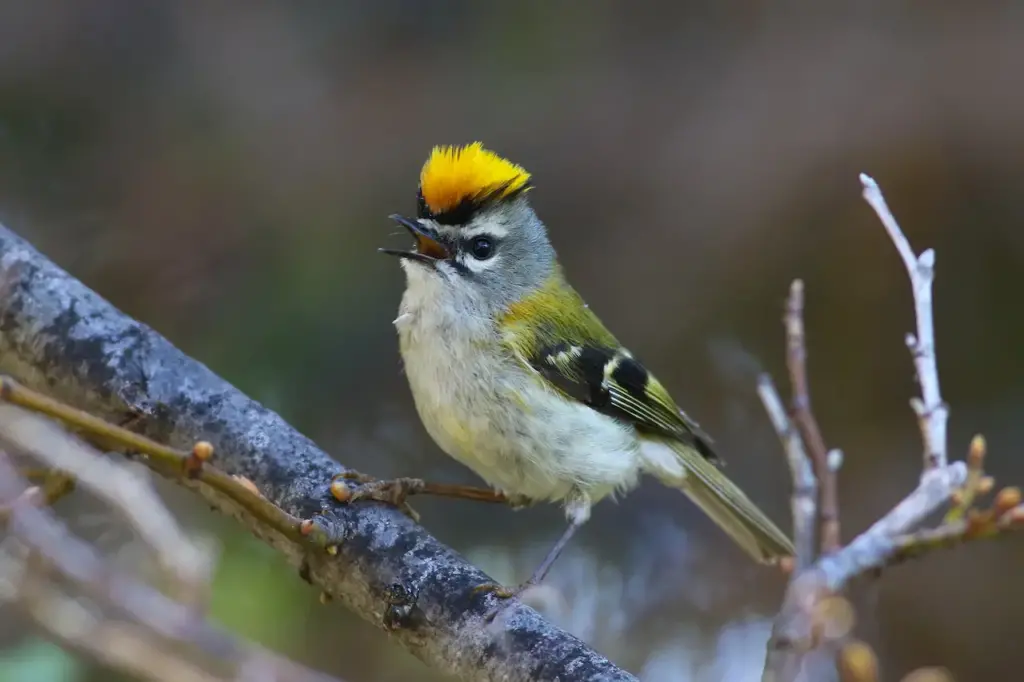
Alternate (Global) Names
German: Madeiragoldhähnchen, Sommer-Goldhähnchen … Estonian: madeira pöialpoiss … Finnish: madeiranhippiäinen … French: Roitelet de Madère, Roitelet triple-bandeau de Madère … Slovak: králik madeirský … Spanish: Reyezuelo de Madeira … Swedish: Madeirakungsfågel
Distribution and Habitat
This tiny passerine bird is endemic to the main island of Madeira—off the coast of Portugal—and can be found at altitudes of 600–1,550 m (1,950–4,900 ft). It dwells in mixed forests, preferring wooded moorlands containing broom, laurel, and oak deciduous forests and Japanese cedar heath.

Description
The Madeira Firecrests is a tiny, plump bird, 9–10 cm (3.5–3.9 cm) in length and weighing about 5 g (0.18 oz). Its back and rump are bright olive green, and there is a bronze patch on each shoulder. The breast and ventral areas are whitish-grey. The striped black and yellow wings sport white wing bars, and its long, tiny beak is black. Its slender legs are brownish-black.
The markings on its head are stunning. The facial coloring includes a dark eye surrounded by a line of white feathers and a white supercilium. On the male’s crown, a patch of black feathers encircles a bright orange crest; in the female, this crest is yellow. The sides of the face are light grey, and a band of yellow separates the face from the wings. The juvenile’s markings differ from the adult’s in that there is a grey tinge to the back and rump, and they lack the crown patch, eye stripes, and white supercilium. After their first winter, the young birds appear indistinguishable from the adults. This Kinglet usually hops with its body held horizontally. A weak flier, the Madeira will make a whirring wing sound when it flies and will vocalize as it hops quickly from side to side. This behavior is called “jinking.”
Diet / Feeding
Like the other Regulus species, the Madeira Firecrest is mainly an insectivore. It feeds upon small arthropods such as springtails, aphids, and spiders. In addition, it will consume the cocoons and eggs of spiders and other insects, and it ingests pollen sometimes. It will seek its prey in the upper branches of coniferous and deciduous trees. This species also forage in the moss and lichen covering the branches of the laurel and oak trees; it is particularly fond of the insects and invertebrates it finds in the tree heath and laurisilva trees.
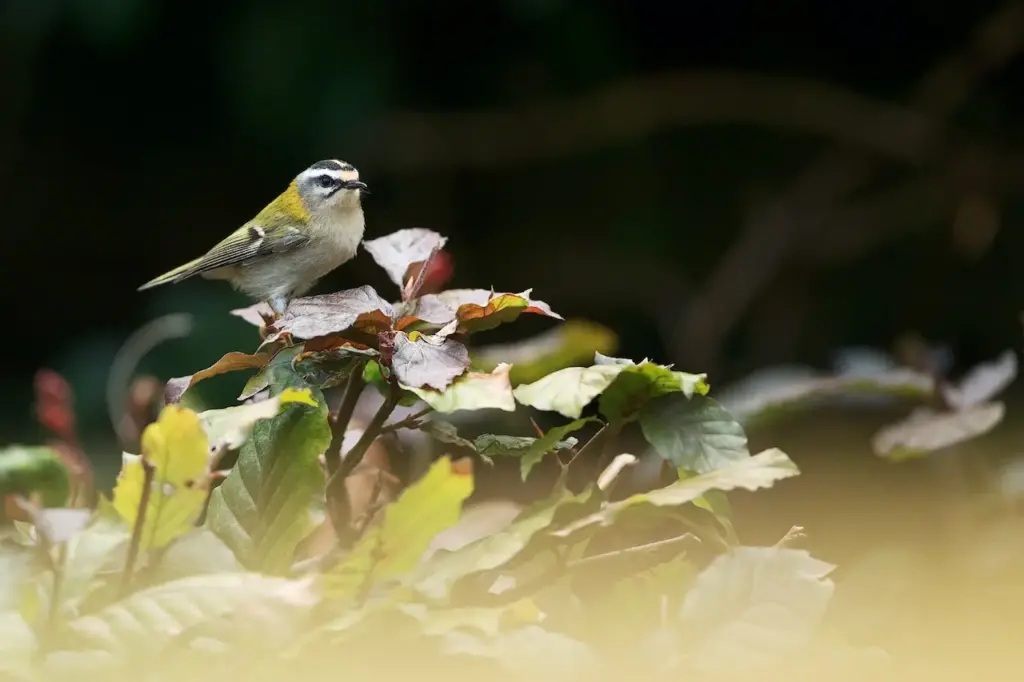
Breeding / Nesting
The Madeira Firecrest is monogamous. The male will court the female by raising his crest and singing to her. He will face another bird and point his beak at that bird as a show of strength. The female will construct the closed, cup-shaped nest from cobwebs, moss, and little twigs; this three-layered nest has an opening at the top. The middle layer of the nest is lined with feathers and hair, and the female uses spider webs to hang the nest from thin branches. She will lay around 7 white eggs, speckled with brown flecks. She then incubates the eggs for about 15 days and broods them by herself. After the chicks hatch, both males and females will nurture and feed them. The chicks fledge 20 days after they hatch, and the parents continue to feed them for a time after fledging.
Calls / Vocalizations
The vocalizations of the Madeira Firecrest consist of several high-pitched notes. The song consists of three distinguishing parts: a high-pitched zuu zu-zi-zi, followed by a distinctive, shrill wheeze, and lastly a whistled peep.
Please Note: The images on this page are the sole property of the photographers (unless marked as Public Domain). Please contact the photographers directly concerning any copyright or licensing questions. Thank you.

